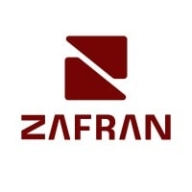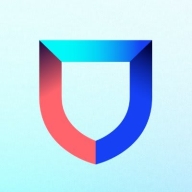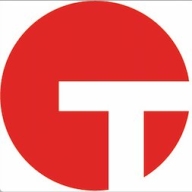


Tanium and Lacework FortiCNAPP are competing in the cybersecurity domain. Tanium often has the upper hand due to its ease of use and superior support, although Lacework FortiCNAPP is recognized for comprehensive features despite higher costs.
Features: Tanium offers invaluable features such as instant discovery, patch management, and real-time data collection, making it highly usable for endpoint management and incident response. Lacework FortiCNAPP provides advanced cloud security analytics, automated threat detection, and multi-cloud compliance management.
Room for Improvement: Tanium could improve in further integrating cloud capabilities, simplifying certain complex configurations, and enhancing alert specificity. Lacework FortiCNAPP might refine its initial setup complexity, reduce noise in alerts for improved focus, and ensure better integration with non-cloud environments.
Ease of Deployment and Customer Service: Tanium is known for its straightforward deployment process, supported by excellent customer service, making it approachable for many organizations. Lacework FortiCNAPP, while slightly more complex, effectively integrates with cloud services and maintains consistent customer service standards.
Pricing and ROI: Tanium offers a competitive pricing structure with a predictable ROI due to its efficiency in endpoint management. Conversely, Lacework FortiCNAPP entails a higher initial cost but delivers significant ROI in cloud security and compliance benefits.



Zafran Security integrates with existing security tools to identify and mitigate vulnerabilities effectively, proving that most critical vulnerabilities are not exploitable, optimizing threat management.
Zafran Security introduces an innovative operating model for managing security threats and vulnerabilities. By leveraging the threat exposure management platform, it pinpoints and prioritizes exploitable vulnerabilities, reducing risk through immediate remediation. This platform enhances your hybrid cloud security by normalizing vulnerability signals and integrating specific IT context data, such as CVE runtime presence and internet asset reachability, into its analysis. No longer reliant on patch windows, Zafran Security allows you to manage risks actively.
What are the key features of Zafran Security?
What benefits can users expect from Zafran Security?
In industries where security is paramount, such as finance and healthcare, Zafran Security provides invaluable protection by ensuring that only exploitable vulnerabilities are addressed. It allows entities to maintain robust security measures while allocating resources efficiently, fitting seamlessly into existing security strategies.
Lacework FortiCNAPP provides robust cloud security, combining vulnerability management and multi-cloud insight with user-friendly controls, machine learning detection, and compliance support.
Lacework FortiCNAPP specializes in cloud security by merging machine learning anomaly detection with agent-based vulnerability management to offer detailed alerts and compliance reports. Its comprehensive approach allows continuous monitoring across AWS and Kubernetes, providing insights from an attacker's perspective. The platform offers automation and seamless Slack integration, facilitating collaborative and efficient cloud security management. Users value its ability to handle multi-cloud environments and scan IAC scripts, configurations, and compute nodes across AWS and GCP.
What are the key features?Organizations across sectors leverage Lacework FortiCNAPP for cloud security, focusing on compliance, security posture, and vulnerability management. It is widely used for monitoring AWS and Kubernetes environments, scanning IAC scripts, configurations, and securing compute nodes. It supports multi-cloud security posture management and log ingestion, enabling companies to maintain strong cloud infrastructures without dedicated security layers.
Tanium Endpoint Platform reduces security risk, improves agility & increases efficiency, a fundamentally new approach to endpoint security's threat detection, indicent response, vulnerability assessment and configuration compliance & with management's software distribution, asset utilization, asset inventory and patch management.
We monitor all Vulnerability Management reviews to prevent fraudulent reviews and keep review quality high. We do not post reviews by company employees or direct competitors. We validate each review for authenticity via cross-reference with LinkedIn, and personal follow-up with the reviewer when necessary.